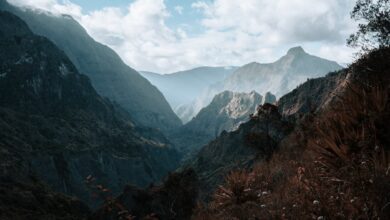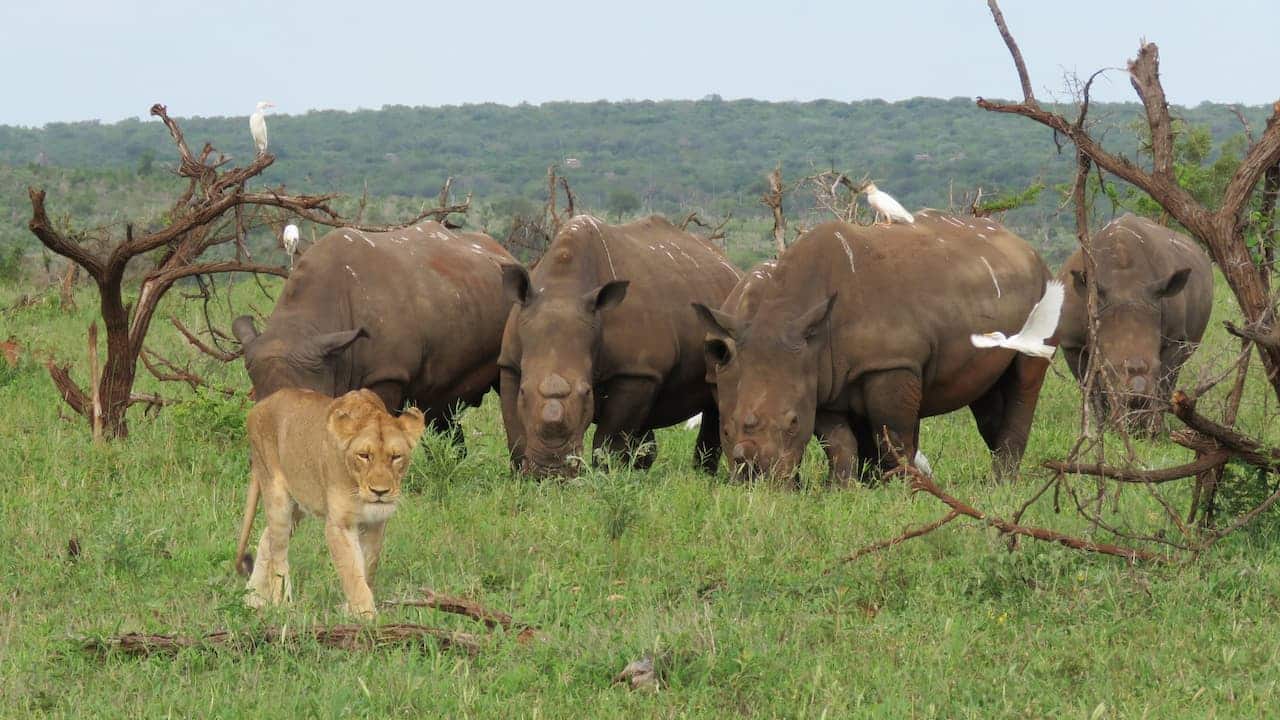Exploring St. Lucia
The best way to get a proper sense of St. Lucia, it seemed, was to work my way up the island by foot, road and boat. And spend nights at the islands’ supurb resorts along the way. By Adam Jacot de Boinod.
More than anywhere St. Lucia is best visited by being on the move. The thing to do is to change hotels every few days. For all its beauty and fecundity, the island can be quite restrictive especially if you want to stretch a leg as the beaches are small and the hillsides are steep. Each cove (which the French called anse) is a hideaway and hotels vie to offer the most romantic setting.
Attempting to traverse the island on foot, I descended steeply down from hills still stricken with their trees deracinated from a recent storm.
Viceroy Sugar Beach Resort


At the Gardens I came across a beaten track to a 50 foot waterfall with the water free falling every second for eternity. I learnt even more about nature from the 250 year old ‘Sulphur Springs’ still bubbling away, emitting noxious fumes that gave it’s name to Soufrière. This island’s second town is further north and is small and jolly with shops behind her seafront and houses receding up into the valley.
Capella Marigot Bay
The Capella Marigot Bay hotel’s location couldn’t be more idyllic as it overlooks its marina. Here I got a strong sense of the nautical character of St. Lucia as I looked around at premier yachts berthed from all over the world. The bay is known as ‘hurricane hole’ from its position on the west side of the island. It’s surrounded by mountains and experiences minimal tidal changes. Yachties tinker with their equipment and there’s a serenity in this secluded and secure haven. A serenity reflected in the philosophy of the hotel. As I moved up the island the vegetation changes and the sand gets whiter.
St. James’s Morgan Bay
Next came St. James’s Morgan Bay. The rooms have double balconies and it is beautifully set within the sound of lapping waves and has views of the sea offering stunning sunsets. It’s for those preferring organised entertainment. There’s a spoiling range of six restaurants and always somewhere open to eat. Le Jardin is for the fine diners while the Bamboo has fabulous seafood salads. They lent me a sailing catamaran and off I went after one lesson. How liberating! And with their rescue service how reassuring!
Cap Maison
Next I worked my way past Castries the capital and on to Cap Maison. This classy boutique villa resort has a Mediterranean feel, where Spanish meets Moroccan. Walking beneath crenellated roofs, past trickling fountains, under vaulted brick corridors and through inner courtyards with birds twittering, I half expected to be responding to peeling church bells. Once a private house it has been cleverly extended. It is located on the northernmost tip in Cap Estate, a highly exclusive area.
There’s dramatic cliff scenery with the tranquil waters of the Caribbean Sea on one side and the brisk Atlantic Ocean to the other. The grounds are tropically landscaped with carpet-mossy grass. Chef Nico for the Cliff at Cap restaurant offers a delicious seafood chowder. Champagne is delivered in a basket to diners fifty feet below via a zipwire. Very James Bond! And with zipwire excursions all across the island – very St, Lucia.
Pigeon Island
I took a trip to Pigeon Island. It is like a miniature version of the Pitons with her two humped hills. It was joined up to the mainland in the 1960s by a causeway that is now a picturesque tree-lined avenue. Pigeon Island thankfully wasn’t turned into an hotel but has been preserved for the common good. While Lord Glenconner of Mustique fame sold the land between the Pitons to a hotel, no money would allow another scenic part of the island to pass hands. This is a northern cove, nicknamed ‘Five Dollar Beach’, which is what the 90 year-old owner charges each visitor to enjoy his unspoilt coastline with its biggest of fish and whitest of sand. No number of multiple dollar offers has managed to take it off his hands.
I returned back down the Atlantic coast to the accompaniment of the brightest rainbow I had ever witnessed. A magnificent send off to such a colourful island. The calm after the storm!
About the author: Tourism Tattler correspondent, Adam Jacot de Boinod worked for Stephen Fry on the first series of QI, the BBC programme. Adam is the author of The Meaning of Tingo and Other Extraordinary Words from around the World, published by Penguin Books. While researching this article, Adam travelled via Gatwick Express with support from The Holiday Place and the St Lucia Tourist Board.







